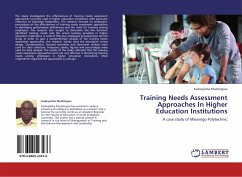Industrial relations at any organization involve interactions between management and employees, employees and customers, management and shareholders, shareholders and employees and management and customers. These relationships call for the need for rules and regulations that govern these interactions since many misunderstandings have been experienced due to unclear or no rules at all. Many organizations have however introduced employment codes of conduct, which provide rules and expected behaviour by employees at the workplace. They also assist to give the features of the corporate culture and identity. The employment codes of conduct are created at works council meeting. The code of conduct provides rules and procedures that govern employees, penalties and disciplinary procedures to be followed at the workplace (Statutory Instrument15 of 2006). The workers representatives together with management representatives meet at a works council meeting to the negotiate contents of an employment code of conduct. It is this code, which governs the expected behavior by employees and employers at work places.








